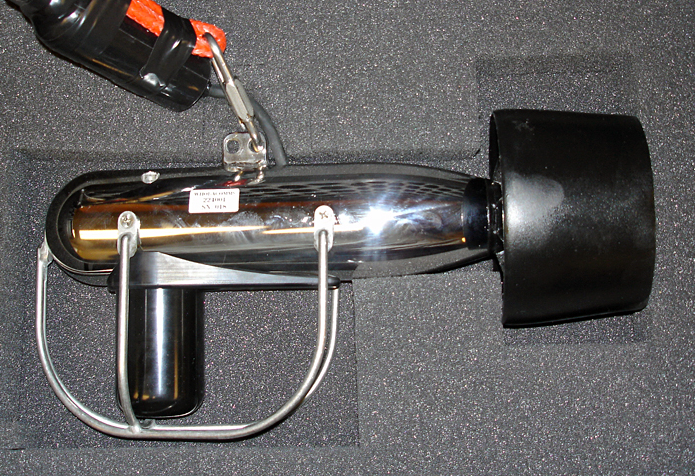Welcome to the HoverGroup wiki. This page focuses on hardware, software and testing, see http://web.mit.edu/hovergroup for general lab information.
Introduction/Overview
The HoverGroup Autonomous Kayaks primarily serve as a testbed for multi-vehicle control using acoustic communication. Our experimental setup includes 2 (soon to be 3) kayaks, a portable networking base station and MicroModem, and a permanent shore setup at the MIT Sailing Pavilion. We also operate the Bluefin/MIT HAUV and a REMUS 100. The main payload of the kayaks is a WHOI MicroModem, towed a few meters deep. GPS and RF communication are available on the surface, allowing for easy navigation and real-time monitoring of experiments, while the towed modem enables experiments in the underwater acoustic environment. Other scientific sensors can be added; we have previously operated with temperature and turbidity sensors.
The kayak hull is the WaveSport Fuse 35, a kids whitewater kayak, 1.8m (5.9 ft) long. The small size of this kayak allows it to fit in the back of a SUV and be easily lifted in and out of the water by two people. The kayaks weigh roughly 40 kg (88 lbs). The whitewater hull design is less efficient for transit, but is highly maneuverable and seaworthy for its size. The modified kayak hull has one hole for the thruster shaft and two 80/20 rails running lengthwise in the front of the vehicle to provide a stiff mounting platform. Maximum speed when towing a modem is roughly 3 m/s (6 kts), and over 4 m/s (8 kts) is possible when not towing a modem.
In contrast to most autonomous kayaks (and powerboats in general), our kayaks have the thruster near the bow and a small skeg near the stern. Since steering is accomplished by rotating the thruster, this arrangement makes the kayak stable in heading and simplifies control. The basic control system uses a PID for heading (using compass) and the MOOS trackline controller for waypoint control (using GPS). More advanced control algorithms are implemented as MOOS applications and inserted in the appropriate places in the control loop.
...
